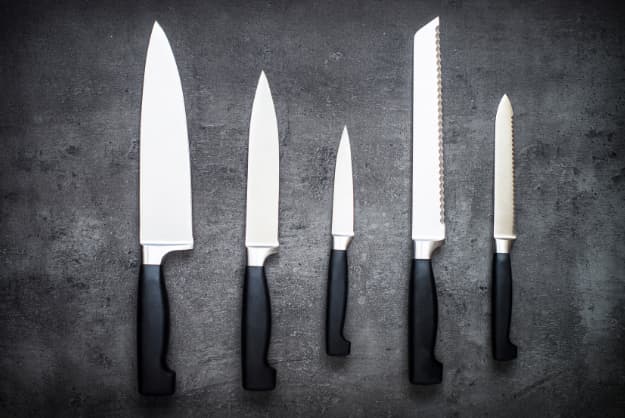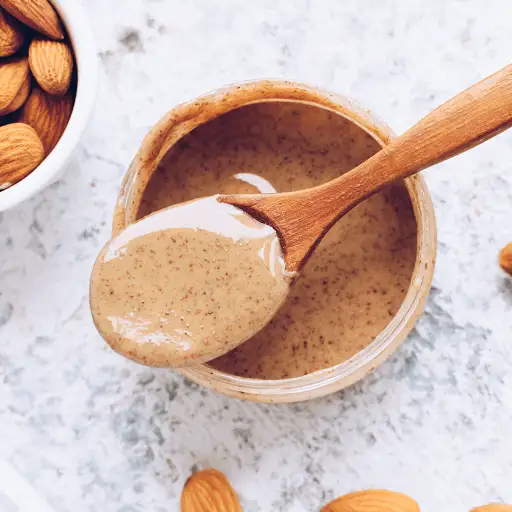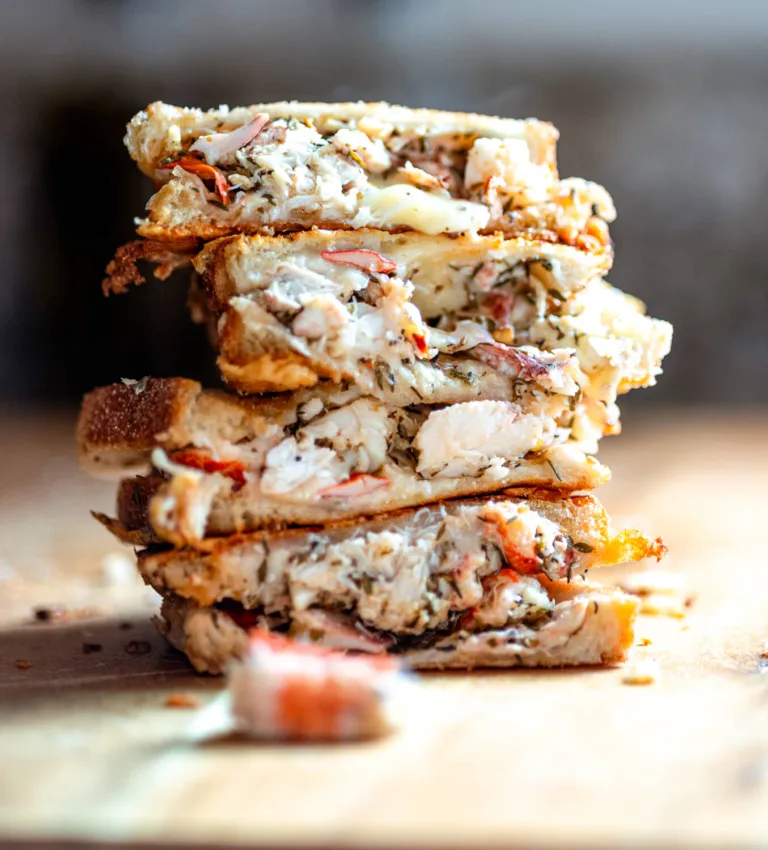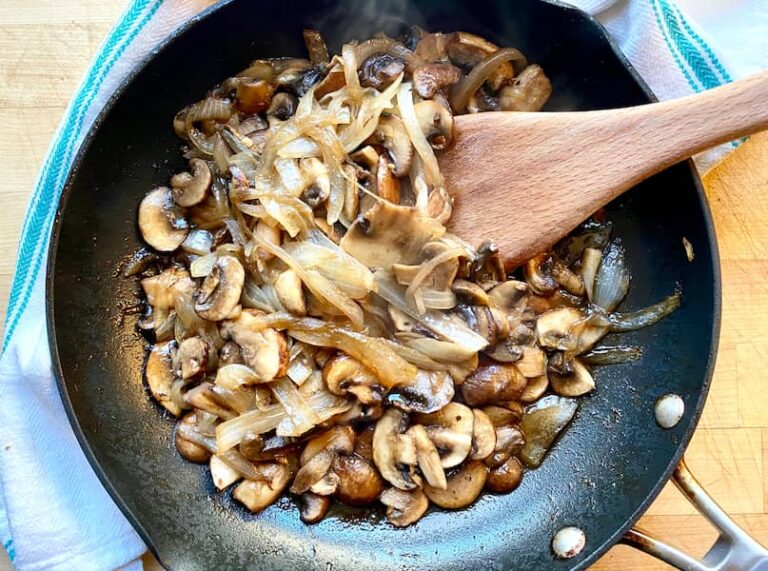Let’s talk about knives. In my opinion, whether you’re a home cook or you are on a team of professional chefs, having the right tools in your kitchen is imperative.
The most important tool in a kitchen is the knife. There’s a special knife for just about every situation and specific task that goes on in a kitchen.
If you’re a home chef you probably have a knife collection where only a fraction of the knives get used. Most of us have a drawer full of kitchen knives, each one with a specific purpose. You probably have a personal preference on which one to use in each situation. It may or may not line up with what the knife was intended for.
There are lots of different types of knives to buy. They come in different sizes and shapes. They are made out of different materials. There are expensive knives and cheap knives.
Do you know what the best vegetable knives are? Let’s find out.
Types of Knives
Like I said above, knives come in all shapes and sizes. The type of knife you like to use may not be the same knife types that I like. Here is a list of knives and what they are used for in the kitchen.
Paring Knife

A paring knife is commonly used to prepare vegetables. It is a small knife with a flexible blade. It also has a short blade which is usually not more than 4 inches long. It’s used for peeling vegetables and fruit. It does a good job of separating the skin from the vegetable without a lot of waste.
A sharp point on a paring knife is helpful in coring a tomato and getting under the skin to create a good starting point before peeling.
Butcher Knife

I’m sure you can tell from the name that butcher knives are used for cutting meat. Although there are several types of knives used by a butcher, the one I am talking about has a long blade that allows you to cut through big pieces of meat.
A butcher’s knife also has a curved blade that makes it easier to cut through thick pieces of meat and carve around bones.
Chef’s Knife
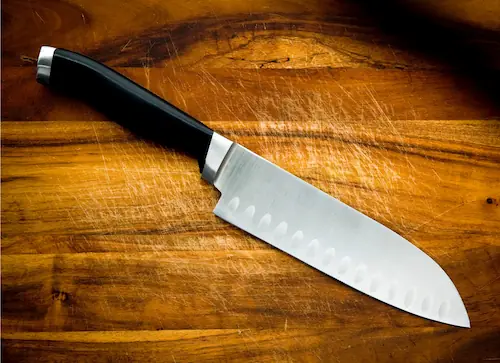
The chef knife I am talking about is the one that most chefs and cooks in the Western world use as their “go to” utility knife. It has a long knife blade and can be used to cut meat and vegetables. There are more than one style of chef’s knife and I will talk about those more later.
Carving Knife

A carving knife is used for making precise cuts of meat. It has a long and narrow blade that makes it different from a chef’s knife.
A carving knife will have a sharp point and a thin blade for getting around bones.
Blade length is key to a good carving knife. It’s important to get the longest blade length you can find.
The blade should be longer than the thing you are going to cut. This will let you avoid a lot of unnecessary sawing back and forth and allow for nice clean cuts.
Santoku Knife
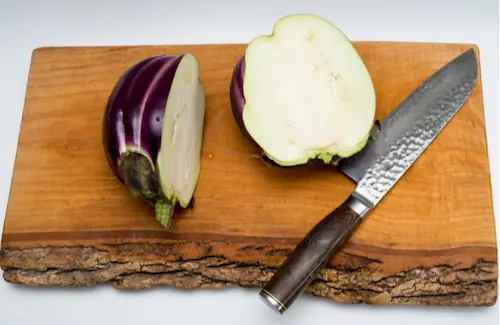
A Santoku knife is a Japanese style-knife that is very similar to the Western chef’s knife. It has a thinner blade than the Western chef’s knife, but is similar in length. It also has a flat blade and a unique shape. The flat blade doesn’t allow for rocking back and forth on a cutting board.
Santoku knives are used for cutting, slicing and chopping just as the Chef’s knife is used. A Santoku knife is a general purpose kitchen knife.
Gyuto Knife
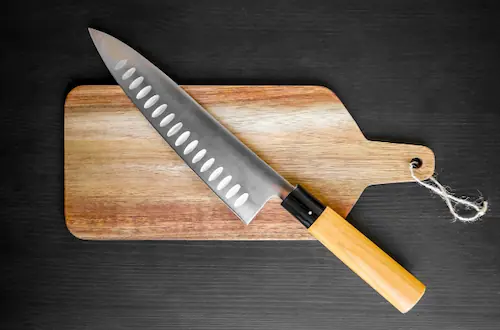
This is another Japanese-style knife. A gyuto knife is also a Japanese version of the Western chef’s knife. Unlike the Santoku knife with a flat blade, the Gyuto has a curved blade which allows for rocking back and forth of a cutting surface.
Nakiri Knife

Like many Japanese knives, a Nakiri knife has a specific purpose. It is a vegetable cleaver with a blade that has a long and straight edge.
It has a thinner blade than a meat cleaver, but has the look and feel of a strong knife. What makes it a good vegetable knife is that it is great for making small precise cuts, but is still powerful enough to chop through raw butternut squash and sweet potatoes.
Nakiri knives have a rectangular blade which makes them different from the Santoku and Gyuto.
The Construction of the Knife
The Blade
When you buy a knife, it’s important you understand what you’re getting.
The blade of a knife is usually made from steel, although there are some knives on the market with ceramic blades. A ceramic blade usually costs less, but is known to be brittle.
There are different types of steel to choose from when comparing knife blades.
Stainless steel blades are very common when it comes to home cooks. They are readily available in stores and they are easy to care for.
A stainless steel blade will not rust and is a good choice for the home cook who does not want to worry about knife maintenance. The downside to a stainless steel blade is that you won’t be able to achieve a razor-sharp edge.
Some good advice is to never put your knife in the dishwasher. It can ruin the edge of the blade.
Knives made from high carbon steel will have a razor-sharp blade with proper maintenance and sharpening. They are stronger and sharper than stainless steel knives but do require more care. If you sharpen your high carbon blade regularly you will get excellent edge retention.
Like any piece of steel, there is always the threat of corrosion. It is important to make sure you completely wash and dry your knife after every use. If you have a high-carbon steel blade you should also give it a good rub with mineral oil once a week. This will prevent it from rusting.

The Handle
When you use a knife, it helps to have a comfortable handle. It will be easier to use and allow you to work longer without strain.
Any ergonomic handle on a knife that fits the size of your hands is the best choice.
You also need to think about the tang of the knife. The tang is the back side of the blade. It’s the part of the knife that runs into the handle. It can be either full tang or partial tang.
A full tang blade runs all the way through the end of the handle. It allows for a better balanced knife and will usually last longer than a partial tang.
A full tang is one sign that you have a high-quality knife.
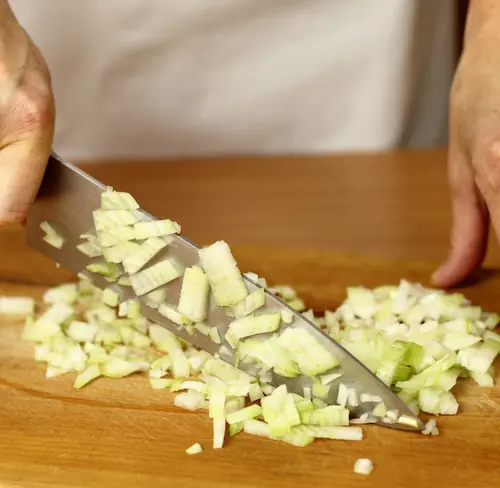
The Chef’s Knife
I don’t like clutter in the kitchen and I’m not someone who likes a lot of gadgets. I like having a few high quality kitchen tools that I use all the time.
If I had to choose the perfect knife for cutting vegetables, I believe the best option is the Chef’s knife.
Chef’s knives are in every professional kitchen for a reason. It’s the utility knife that everyone has on their station at all times.
Even though it’s a larger knife, it’s a great choice because it’s easy to use for many different cuts.
How to Use a Chef’s Knife for Cutting Vegetables
Are you ready to do some prep work? Here are some of the ways you can use a Chef’s knife to cut vegetables. Try these methods and you’ll understand why chef’s knives are the best utility knives for cutting vegetables in the kitchen.
Chop: a chef’s knife is big and sturdy enough to make rough chops on tough vegetables like turnips and sweet potatoes.
Dice: a chef’s knife is a good choice for making smaller cuts like dicing an onion or a tomato. It’s important to use a really sharp knife when dicing a tomato.
Slice: the fact that the blade of a chef’s knife is long makes it easy to slice large vegetables like eggplant and squash. I think a chef’s knife is the best knife to use when I want nice thin slices of eggplant for my eggplant parmigiana.
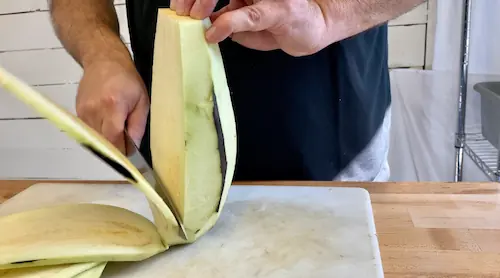
Peel: a chef’s knife is a good tool for peeling vegetables. Different parts of the blade are good for different vegetables. I like to use the widest part at the bottom of the blade as a quick way to peel the skin off the eggplant.
Core: if you use the point of the chef’s knife you can quickly core tomatoes.
Chiffonade: I think it’s a great knife to cut basil leaves.

Julienne: it’s a good knife to make thin cuts of vegetables like carrots and celery.
Shred: shredding iceberg lettuce and cabbage is easy with a chef’s knife.
Mince: if you ever need to mince some garlic cloves, use a chef’s knife.

Conclusion
If you are looking for the right knife for your kitchen, a Western Chef’s knife is the best option. Chef’s knives are the best knives for cutting both vegetables and meat. They are a great value and usually last a long time if you take care of them.

